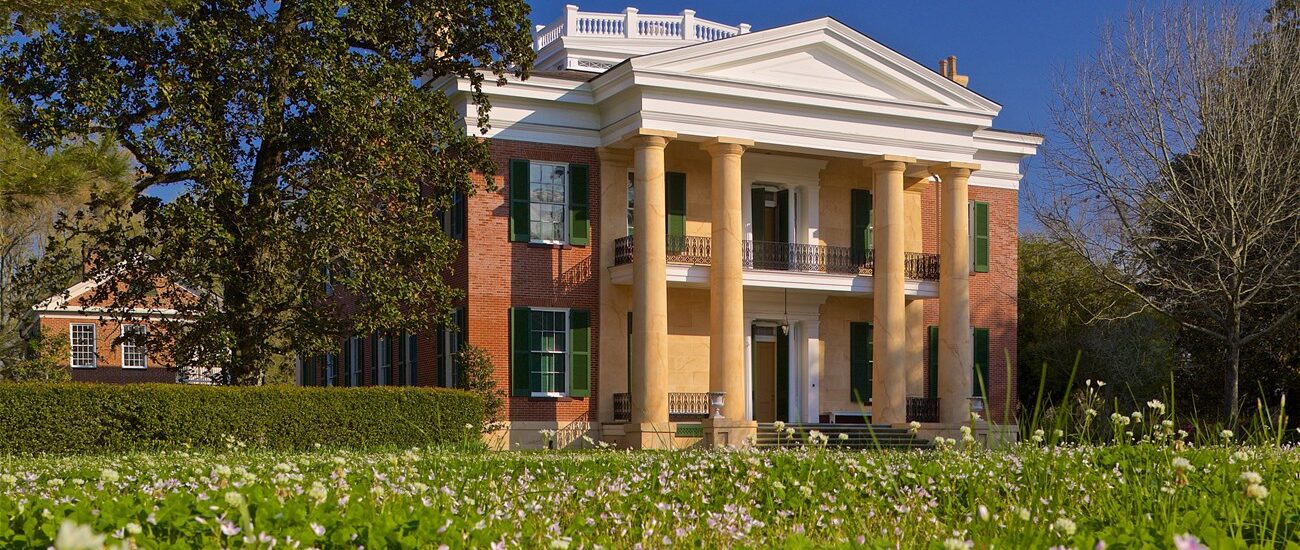Welcome to Natchez National Historical Park, a tapestry of stories woven through centuries of American history. As you explore, you’ll step back in time to a world of grand antebellum mansions, the bustling life of a free African-American barber, and the defense of colonial settlements. Our journey begins with the Natchez tribe, the original inhabitants of this region who lived here for thousands of years. They constructed earthen mounds that served as the centers of their community life. By the early 1700s, European colonists arrived, forever altering the landscape and the lives of the Natchez people.
In 1716, the French established Fort Rosalie, marking the first European settlement along the lower Mississippi River. This fort would become a focal point in the tragic encounter between the French settlers and the Natchez tribe. Initially cooperative, relations soured, leading to the Natchez uprising in 1729 where they attacked the fort, resulting in a fierce French retaliation. This conflict eventually led to the dispersal of the Natchez people, marking a dramatic shift in the region’s human landscape.
Fast forward to the 19th century, the city of Natchez flourished as a hub of the Southern cotton empire. Wealth from cotton plantations fueled the construction of grand estates, including the Melrose Estate. Built by John T. McMurran, a successful attorney and plantation owner, Melrose stands as a testament to the opulence of the antebellum South. Its Greek Revival architecture, adorned with Doric columns and elaborate interiors, offers a glimpse into the luxurious lifestyle of the era.
Meanwhile, in downtown Natchez, the William Johnson House tells a different story. William Johnson, born into slavery, gained his freedom and became a prosperous barber and entrepreneur. His diaries provide invaluable insights into everyday life in antebellum Natchez, chronicling his business dealings and interactions with both free and enslaved individuals.
The park also preserves the story of the Forks of the Road, one of the largest slave markets in the United States. This site serves as a poignant reminder of the region’s involvement in the domestic slave trade and its impact on countless lives.
Today, Natchez National Historical Park stands as a bridge between the past and present, preserving the diverse stories of those who lived, worked, and dreamt here. It’s a place where the echoes of history are alive, offering visitors a chance to reflect on the complexities and legacies of America’s past.






